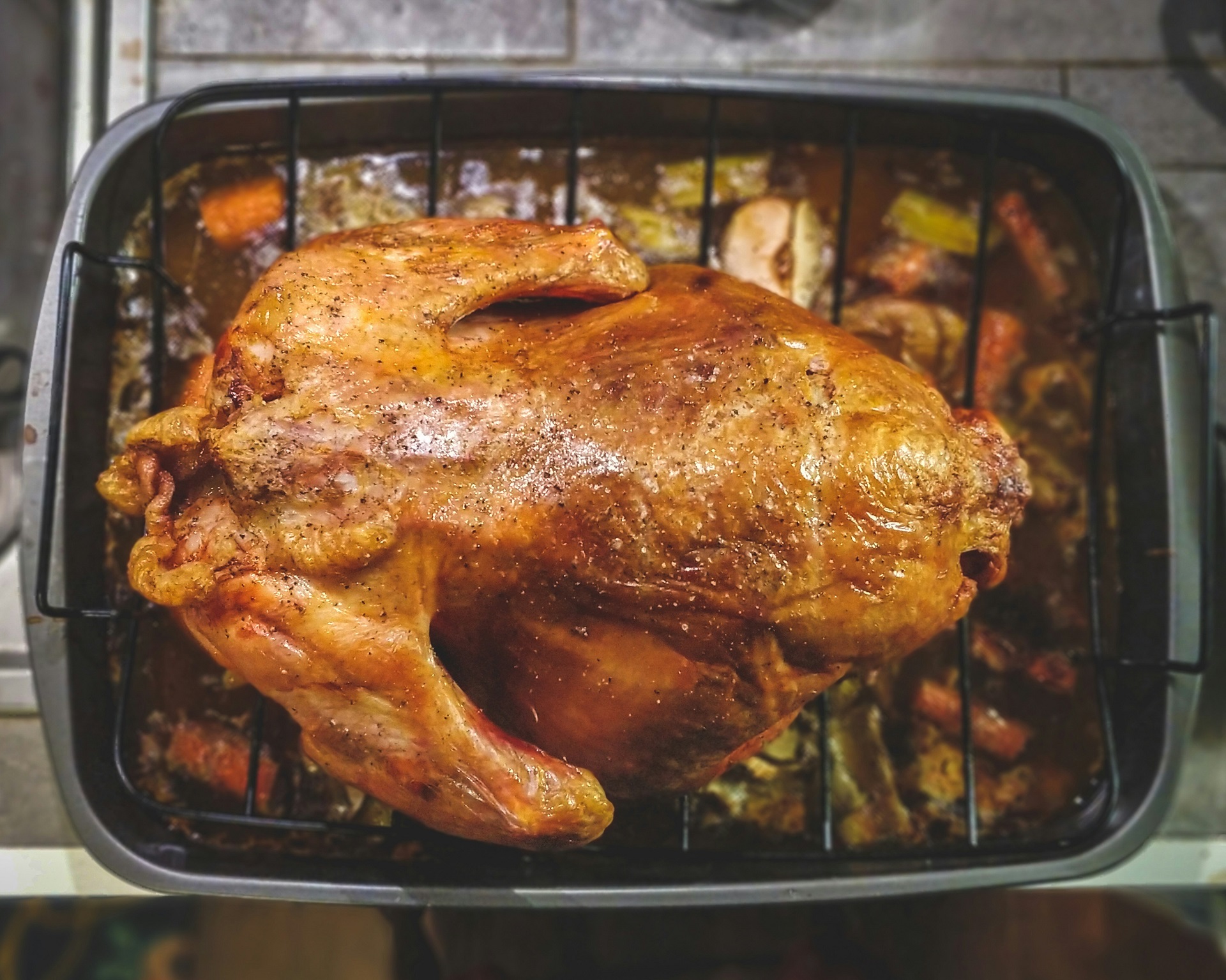
The art of rotisserie cooking has been perfected over centuries, delivering succulent and flavorful chicken. One of the reasons why rotisserie chicken tastes so good is because of its basting. Since the birds are cooked close together, the liquified fat from the chickens cooking above drips onto the ones below.
Additionally, rotisserie chicken has sticky skin (you can crisp it up in the oven), juicy, tender meat and even cooking. And, if you pick up a rotisserie chicken from a chicken restaurant like La Rosa Chicken and Grill, you get a bird made fresh that you can use for dinner and in your leftovers. Shredded leftover rotisserie chicken is perfect for salads, soups and sandwiches!
Let’s dig deeper into the secrets of mastering the rotisserie. This way, if you choose to make your own rotisserie chicken, you’ll know what’s involved in the process.
Before diving into the cooking process, it's crucial to select the right chicken. Opt for a fresh, high-quality bird, preferably organic or free-range, as it tends to yield superior flavor and texture. Ensure the chicken is of uniform size to promote even cooking on the rotisserie.
One of the key secrets to achieving juicy and flavorful rotisserie chicken lies in the art of brining. Brining involves soaking the chicken in a saltwater solution infused with herbs, spices and aromatics. This process not only enhances moisture retention but also imparts depth of flavor to the meat. For a basic brine, combine water, kosher salt, sugar, garlic, peppercorns and herbs such as rosemary or thyme. Allow the chicken to brine for at least 4-6 hours, or preferably overnight, in the refrigerator before cooking.
While the rotisserie itself will impart smoky flavors and tenderness to the chicken, seasoning plays a vital role in elevating its taste profile. Create a flavorful dry rub or marinade using a combination of spices, herbs and aromatics. Common ingredients include garlic powder, onion powder, paprika, cayenne pepper, thyme, oregano and lemon zest. Be sure to coat the chicken evenly with the seasoning, both on the surface and under the skin, to infuse it with maximum flavor.
Preheat your rotisserie grill to medium-high heat, aiming for a temperature of around 350-375°F (175-190°C). Secure the chicken onto the rotisserie spit and cook the bird with the rotisserie lid closed. This allows the heat to circulate evenly around the bird. Baste the chicken intermittently with a mixture of olive oil and any leftover marinade or brine to keep it moist.
Properly cooked rotisserie chicken should have golden-brown skin that is crisp and caramelized, while the meat inside should be tender, moist and cooked through to an internal temperature of 165°F (74°C). Use a reliable meat thermometer inserted into the thickest part of the breast or thigh to ensure accurate doneness. Avoid overcooking, as this can result in dry and tough chicken.
Once the chicken reaches the desired temperature, carefully remove it from the rotisserie spit and allow it to rest for 10-15 minutes before carving. Resting allows the juices to redistribute throughout the meat, ensuring a moist texture. Carve the chicken into desired portions and serve it alongside your favorite sides, such as roasted vegetables, mashed potatoes or a crisp green salad.
Mastering the art of rotisserie cooking gives you another option for meals. The best part about rotisserie chicken is that it goes a long way! Not only can it feed a whole family, but also the leftovers can be used for soups, stews, salads and more! If you’re in a pinch, you can stop into La Rosa Chicken and Grill and take home a rotisserie chicken. We have individual and family meals that include our delicious side dishes and homemade cornbread.